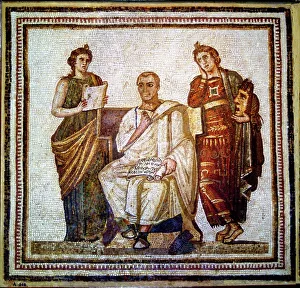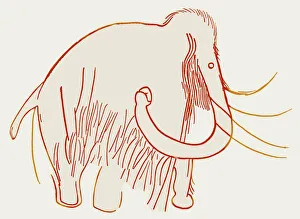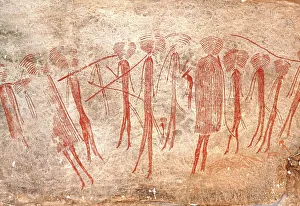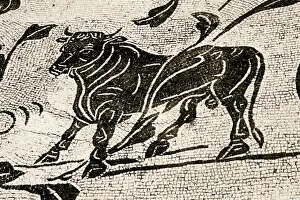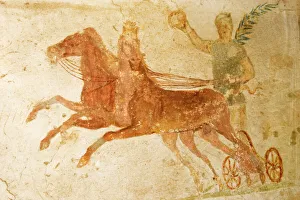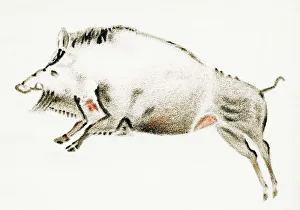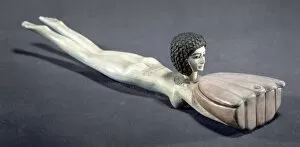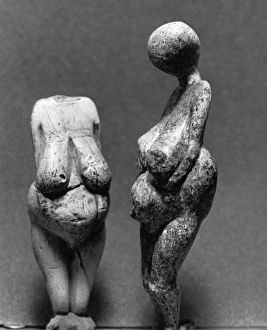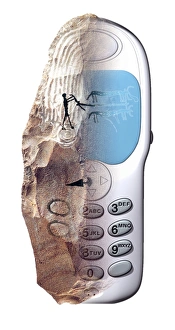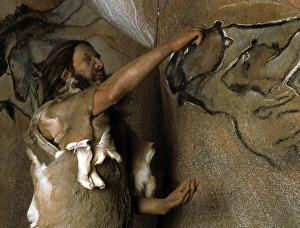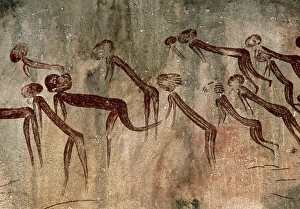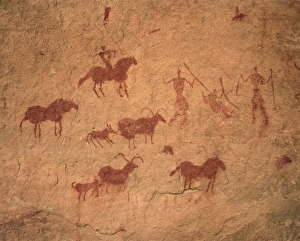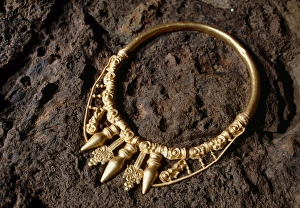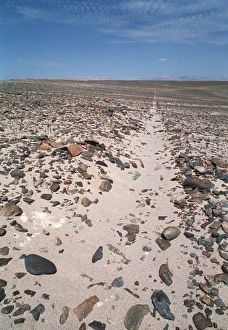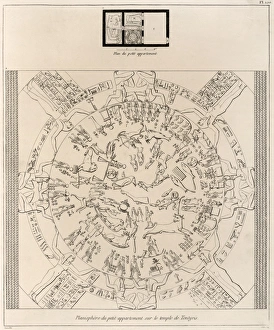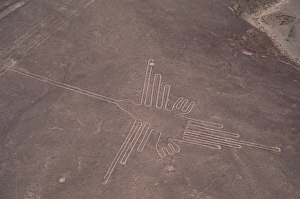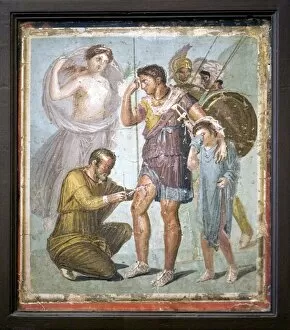Cognitive Archaeology Collection
Cognitive archaeology takes us on a captivating journey through time, unraveling the mysteries of ancient civilizations and their cognitive processes
All Professionally Made to Order for Quick Shipping
Cognitive archaeology takes us on a captivating journey through time, unraveling the mysteries of ancient civilizations and their cognitive processes. From cave paintings depicting majestic mammoths to intricate Roman mosaics, these artistic expressions offer glimpses into the minds of our ancestors. In Tanzania's Kondusi stick dance cave painting, we witness the early human fascination with movement and rhythm, showcasing their cognitive understanding of music and dance. Meanwhile, in Ostia Antica's Roman frescoes and mosaics, we delve into their sophisticated visual perception and storytelling abilities. The diverse range of subjects depicted in these artworks showcases the breadth of human cognition. A boar painted on a cave wall reminds us of our ancestors' hunting skills and knowledge about animal behavior. Mammoth ivory sculptures demonstrate an advanced level of craftsmanship combined with an understanding of anatomy. Beyond artistry, it also explores other aspects of ancient cultures. An Ancient Egyptian cosmetics spoon reveals their knowledge and use of beauty rituals while a Nordic petroglyph hints at communication systems that predate written language. As we trace the evolution of communications through time, from Uzbek rock carvings to modern-day technology advancements, we gain insights into how humans have developed complex ways to convey information across generations. Cognitive archaeology allows us to bridge gaps between past civilizations and our present world by deciphering symbols left behind by those who came before us, and is through this interdisciplinary field that we can piece together fragments from history's puzzle to better understand humanity's collective cognitive development over millennia.

